EDUCATION IN MALAYSIA SINCE MERDEKA : A SUMMATION
The Background.
The education system in the
pre-Merdeka days was utilitarian at best.
It served the interests of the time and the denizens of the Malay
Peninsula in particular. I am not
including East Malaysia in this writing simply because I know too little of
what happened there. The British freely
allowed vernacular education which developed along the needs of the respective community
concerned.
The Malays lived mostly agrarian
lives in the rural and coastal areas. To them an education was
Sekolah Attap
Better Equipped Chinese schools
The Chinese, as a rule, did value
education very much more and had Chinese schools in every Chinese community
that grew into small or big towns mainly along the mining areas in the west
coast of the peninsula. Their children
could learn up to the secondary school level.
They had their own system of school, teacher training and syllabus. The schools too were better built and had
better facilities as the community and its leaders funded the schools
generously. The schools were also built
on land with proper titles.
Tamil schools were situated mostly in the rubberestates
As for the Indians, their schools
were mostly Tamil medium with a few Sikh ones too in a few towns. Most of the schools were built in the rubber
plantations owned by the British to serve the estate workers basic needs. In the towns too Tamil schools were attended
mainly by children of laborers and other menial workers from the town councils,
public utility departments like JKR and NEB.
Education here too was for only 6 years and the teachers were not
properly trained and were mostly educated up to Standard 6 mostly.
The schools to go to then and in
fashion were the English schools of course and situated in all the major
towns. These schools supplied the needs
of the British to man the clerical and sub-managerial jobs in their civil
service. The schools provided eleven years of schooling, six primaries and five
at the secondary level. The Form 5 students sat for examinations set by
Cambridge and the curriculum, needless to say, was very much like the secondary
schools in England. The parents of the children in these schools were therefore also mostly town dwellers and who preferred English education to the
vernacular varieties. Most often, they
themselves were English educated. These
schools were also well-built and had good facilities. Only a few Chinese schools could match them.
Teachers in these schools were trained and the highest qualification at the
time was the Overseas Cambridge School Certificate. Even the Higher School Certificate
only came about after Merdeka. Of
course, the British freely allowed missionary schools to operate. These schools
served well and left a legacy hard to follow.
English medium schools were the most prestigious ones
High School Muar St. Paul's Institution
After Merdeka
By 1956 it was already becoming crystal clear that we were going to be independent soon.
The government set up an education commission to plan education for an
independent Malaya. The commission was
led by Tun Razak.
- Formation of a single system of national education
- Commencement of a Malaysan-orientated curriculum
- Conception of a single system of evaluation for all
- Recognition of the eventual objective of making Bahasa Melayu the main medium of instruction.
The
eventual and ultimate objective of making Bahasa Malaysia the main medium of instruction has become a praiseworthy success and was
not really the result or handicraft of Dato Seri Anwar Ibrahim or even Tun Dr.
Mahathir…. those who think so simply do not know their history well.
The proliferation of new schools in Malaysia since Merdeka is can be envious by the standards of almost all countries that were colonized. Today we have, in fact, such a plurality of schools that is actually working against national unity. No where in the world do we have such a wide spectrum of schools - national schools, national type vernacular schools, private schools, religious schools and international schools. While such an array of different school types may be not without benefits and provided for in our constitution, it definitely is a contributory factor in our failing efforts at true national unity these days....it was also the main aim of The Tun Razak Report of 1956.







.jpg)





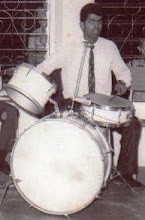

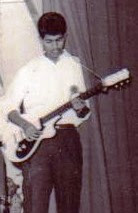


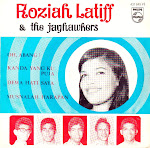





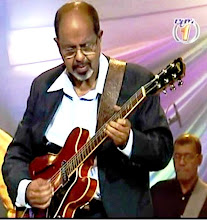


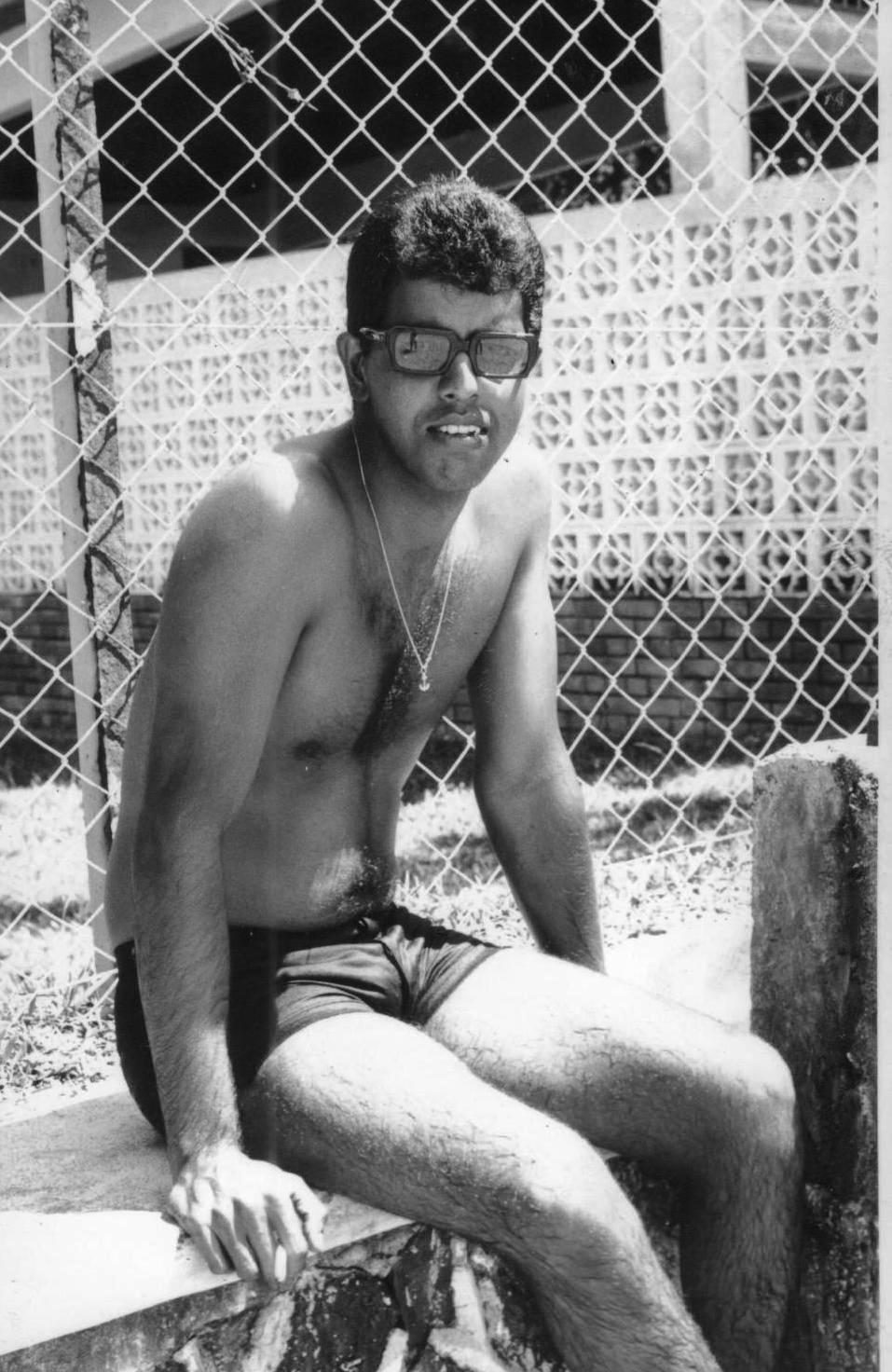



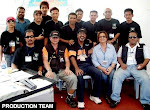
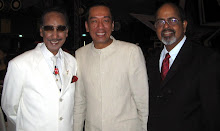

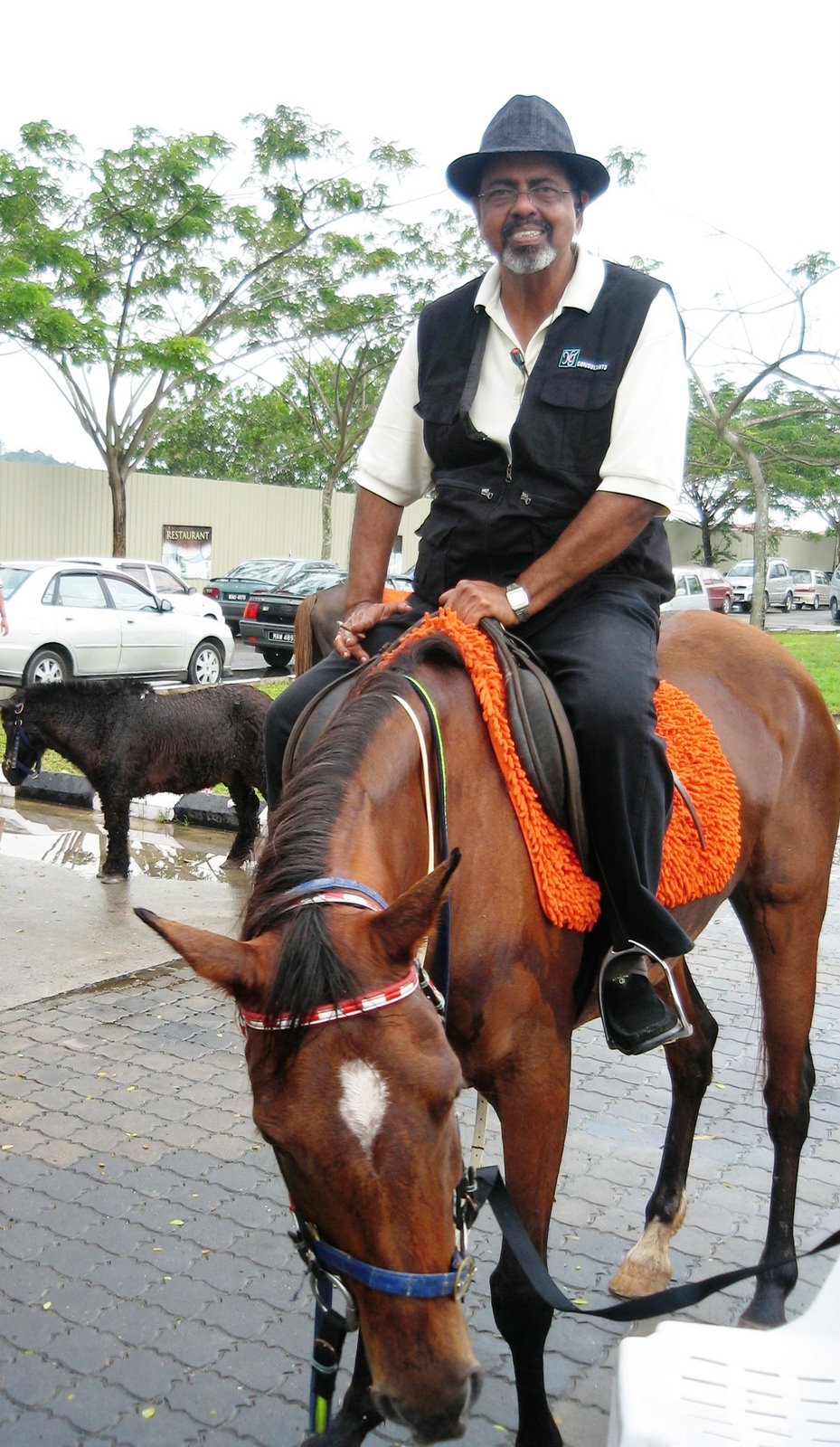







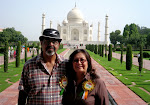



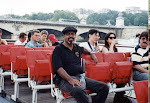

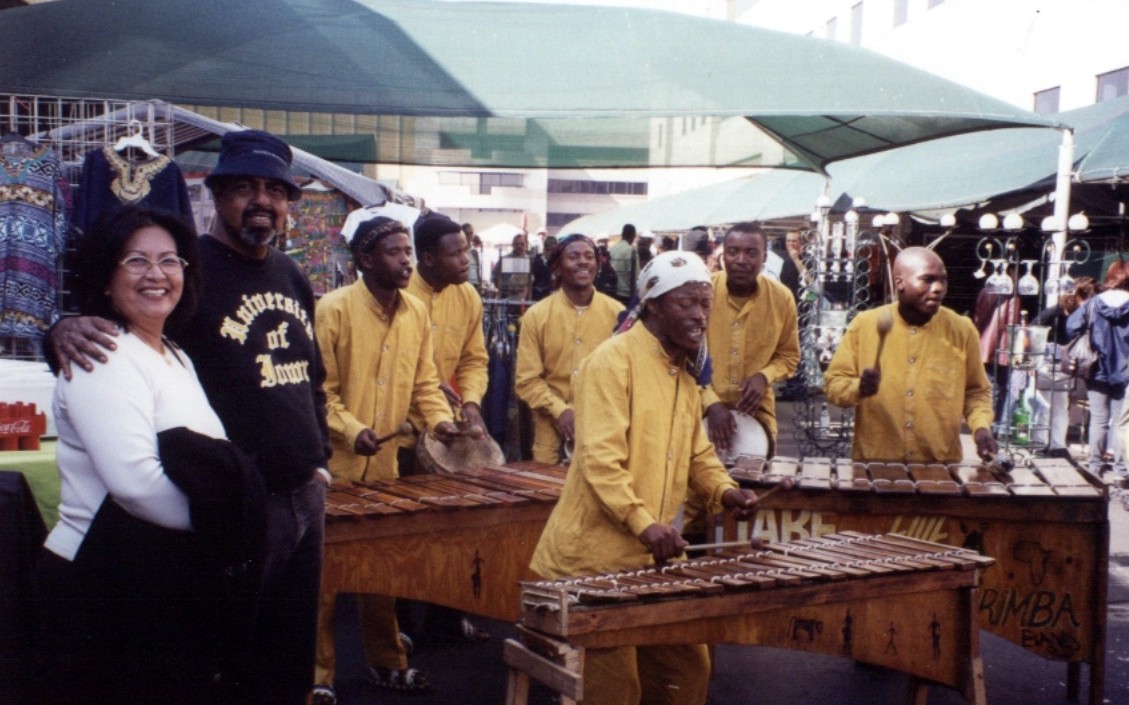

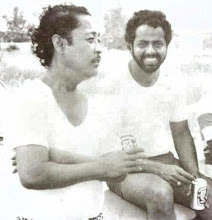
No comments:
Post a Comment